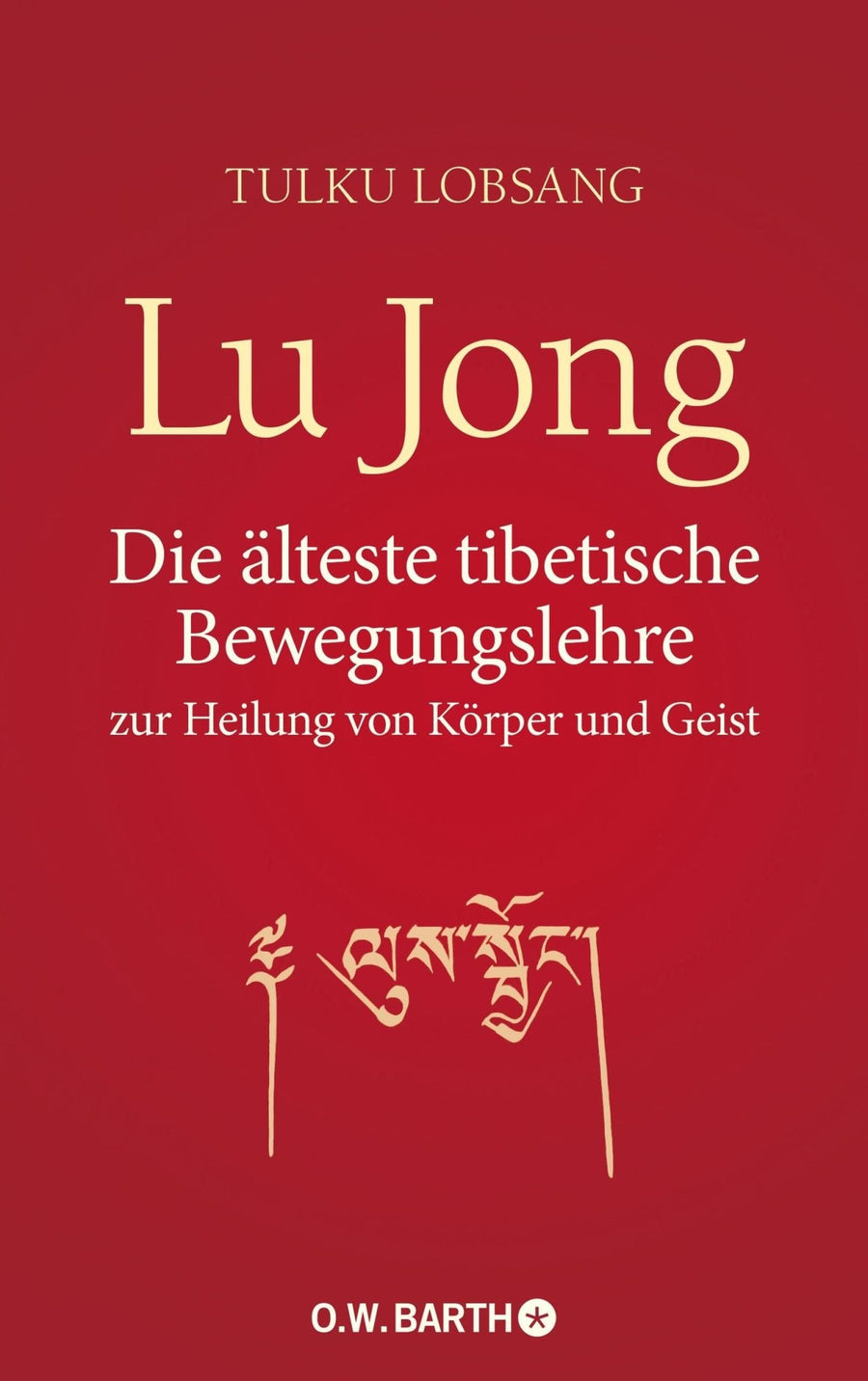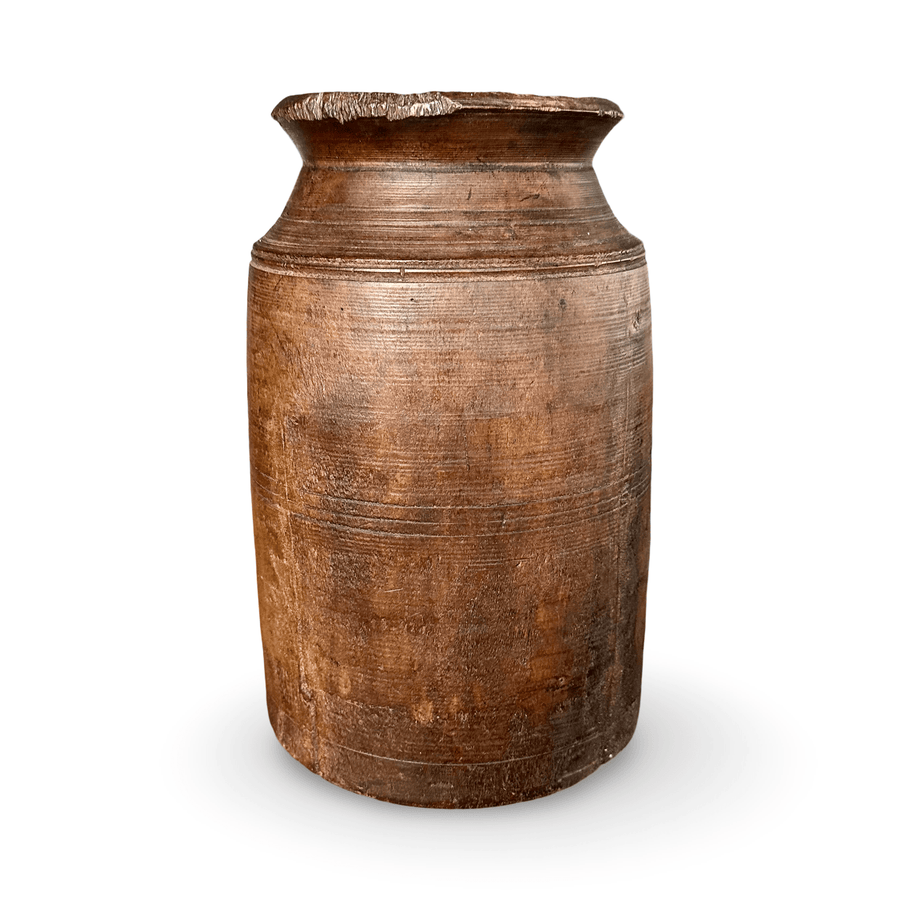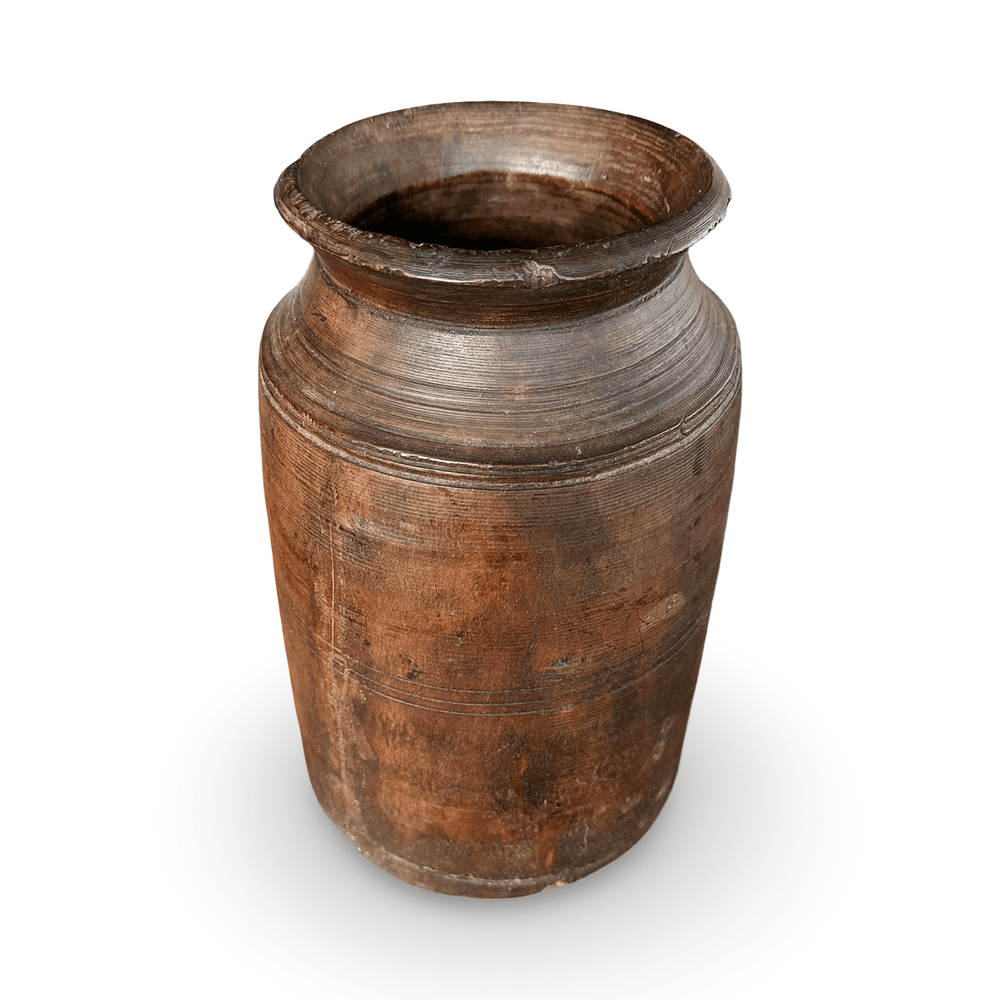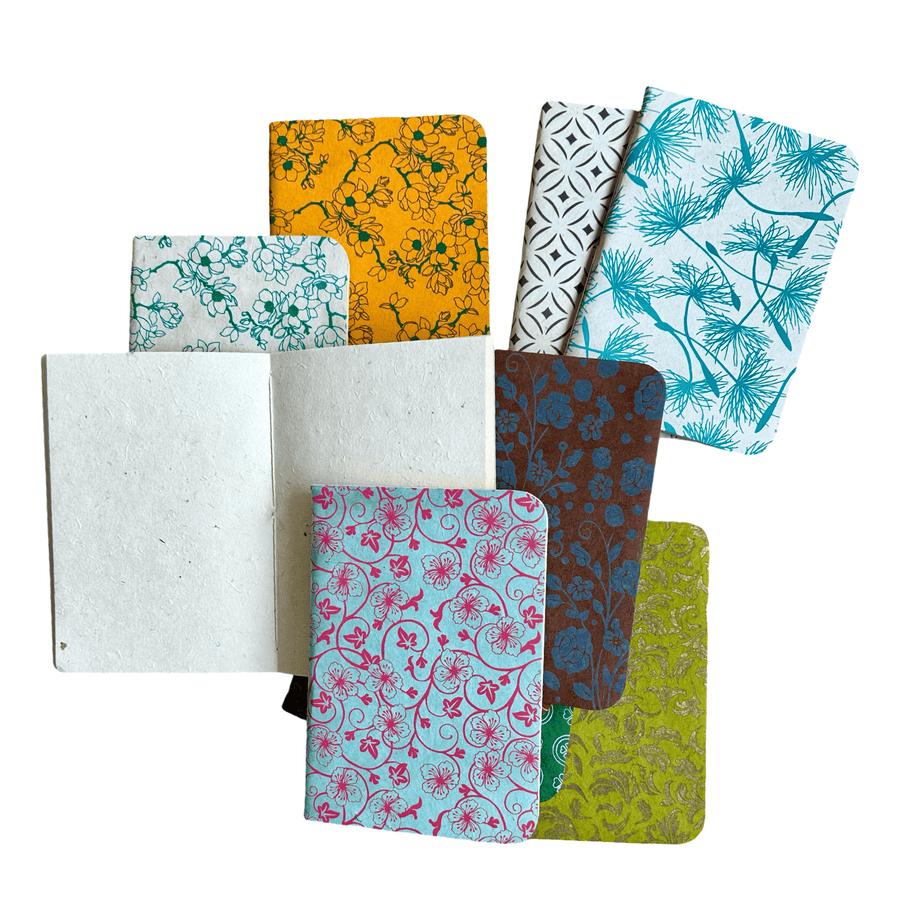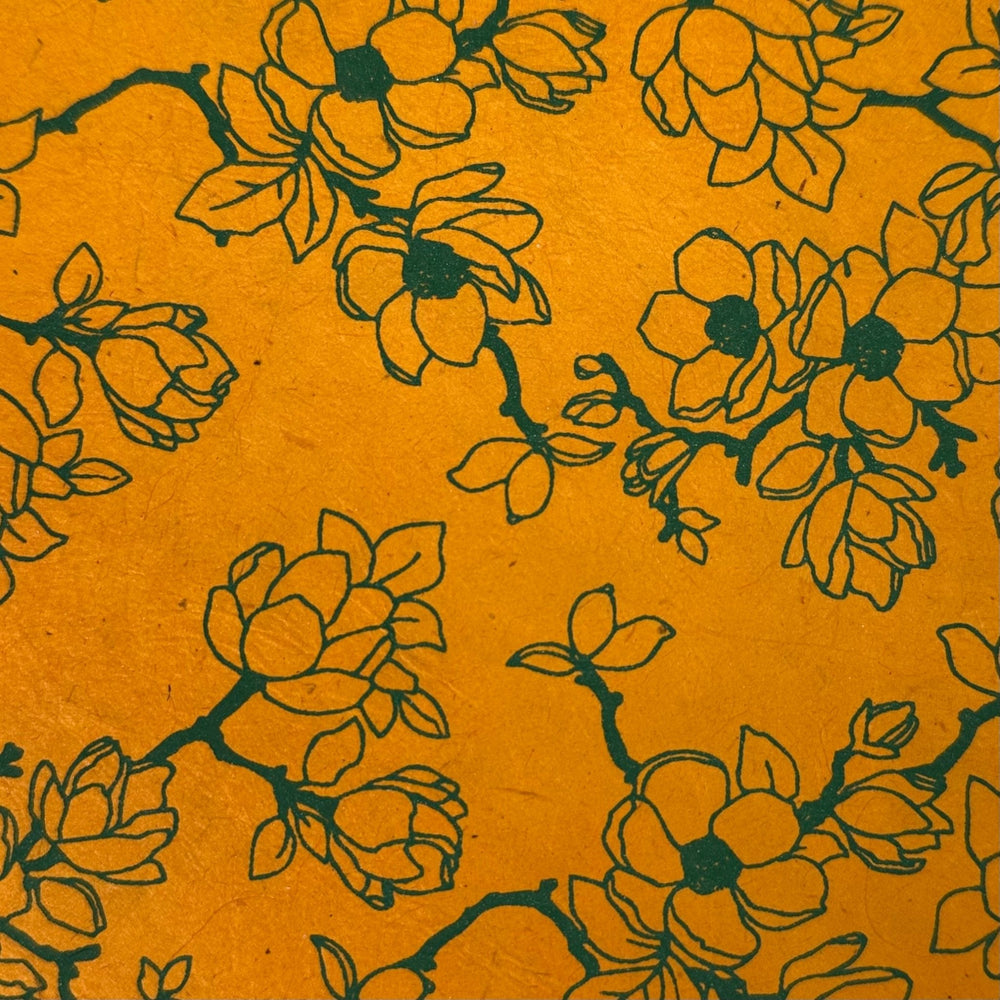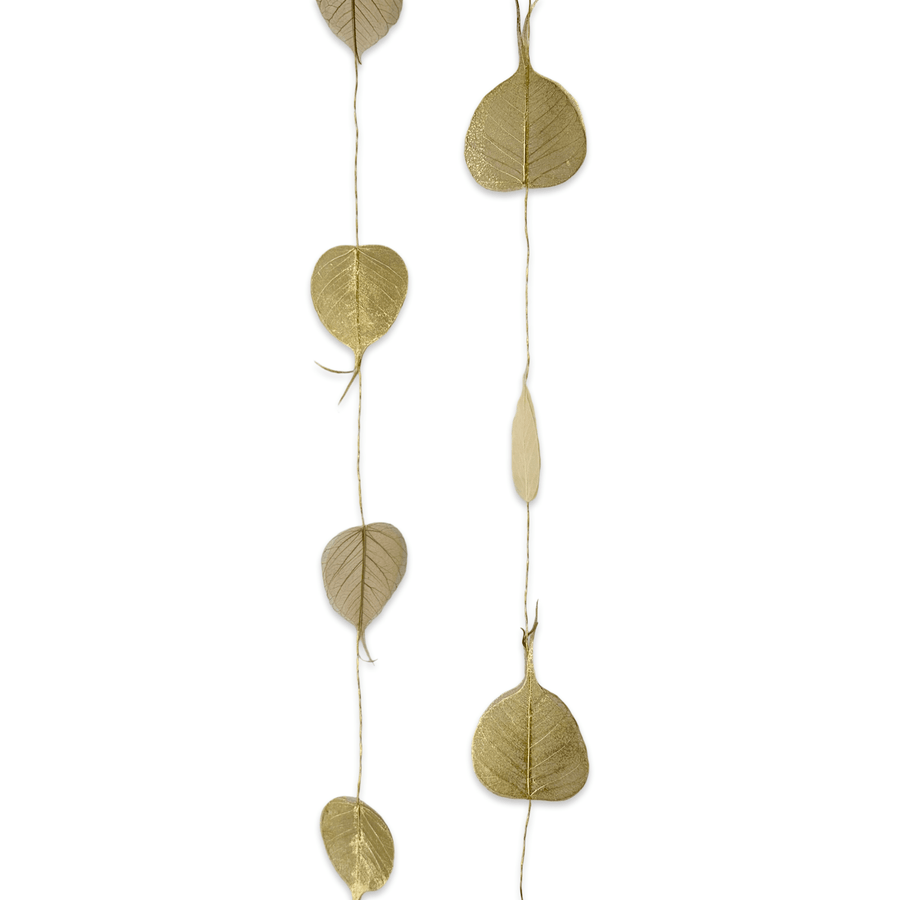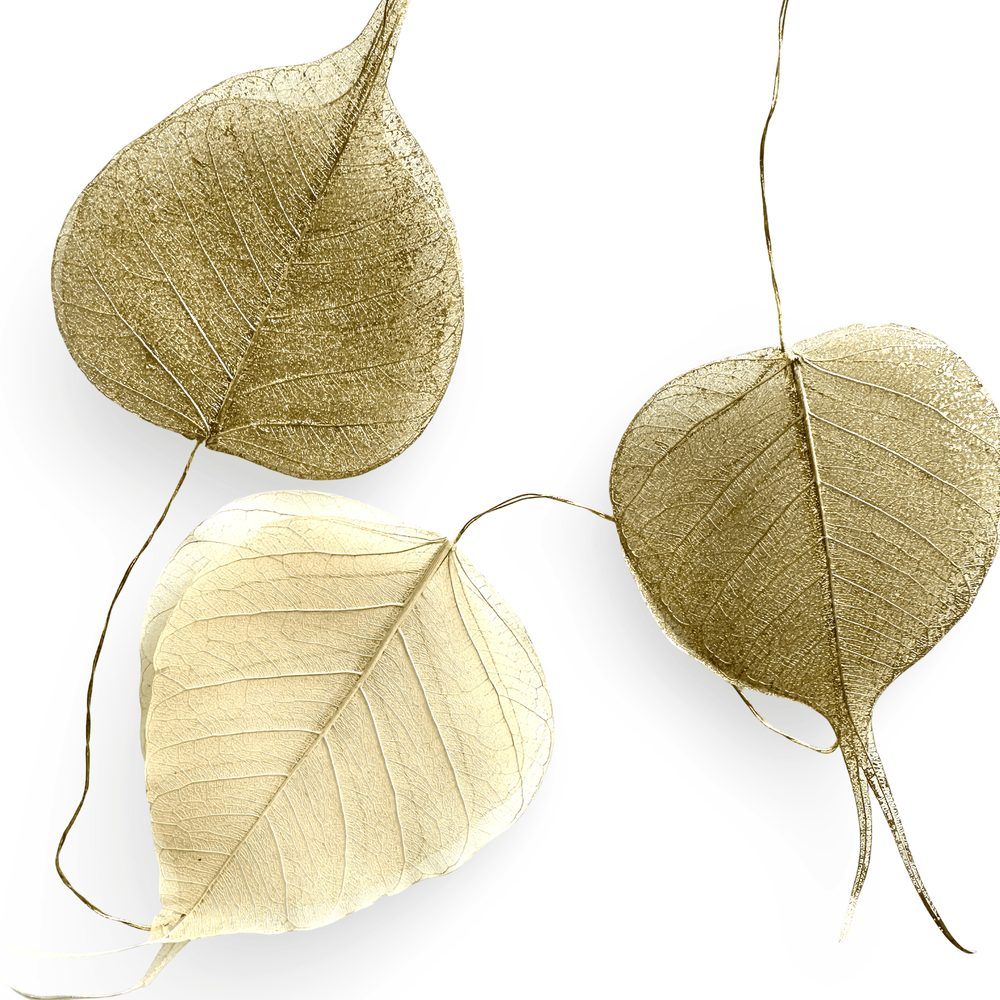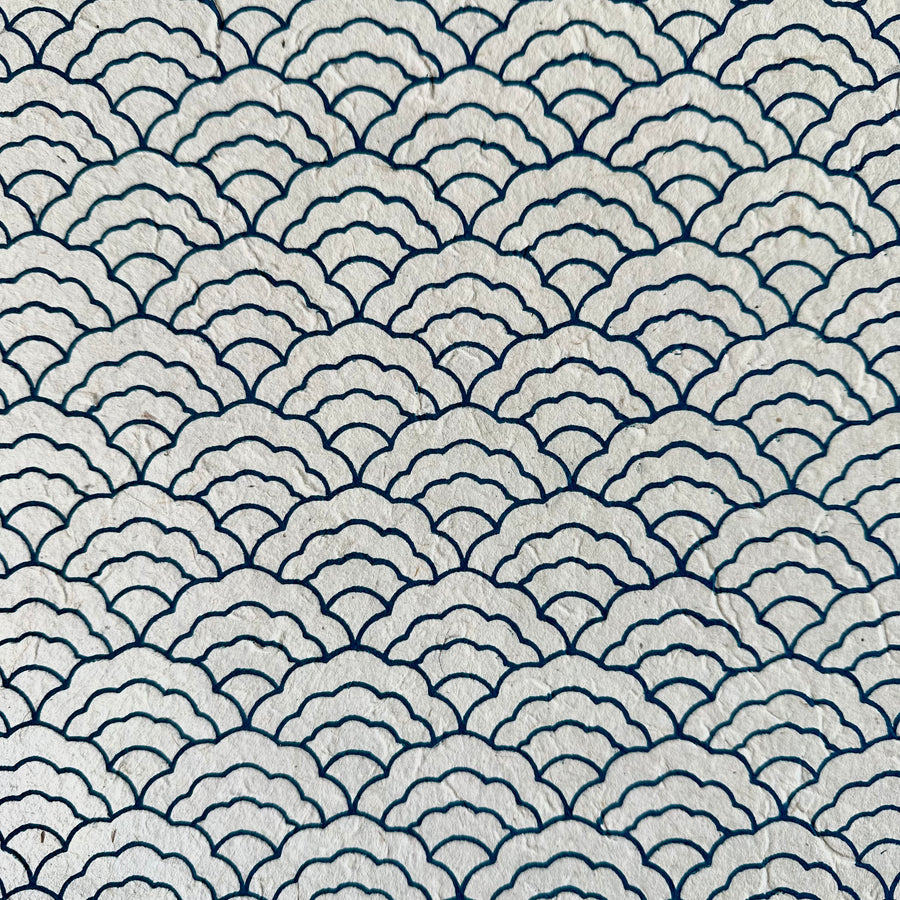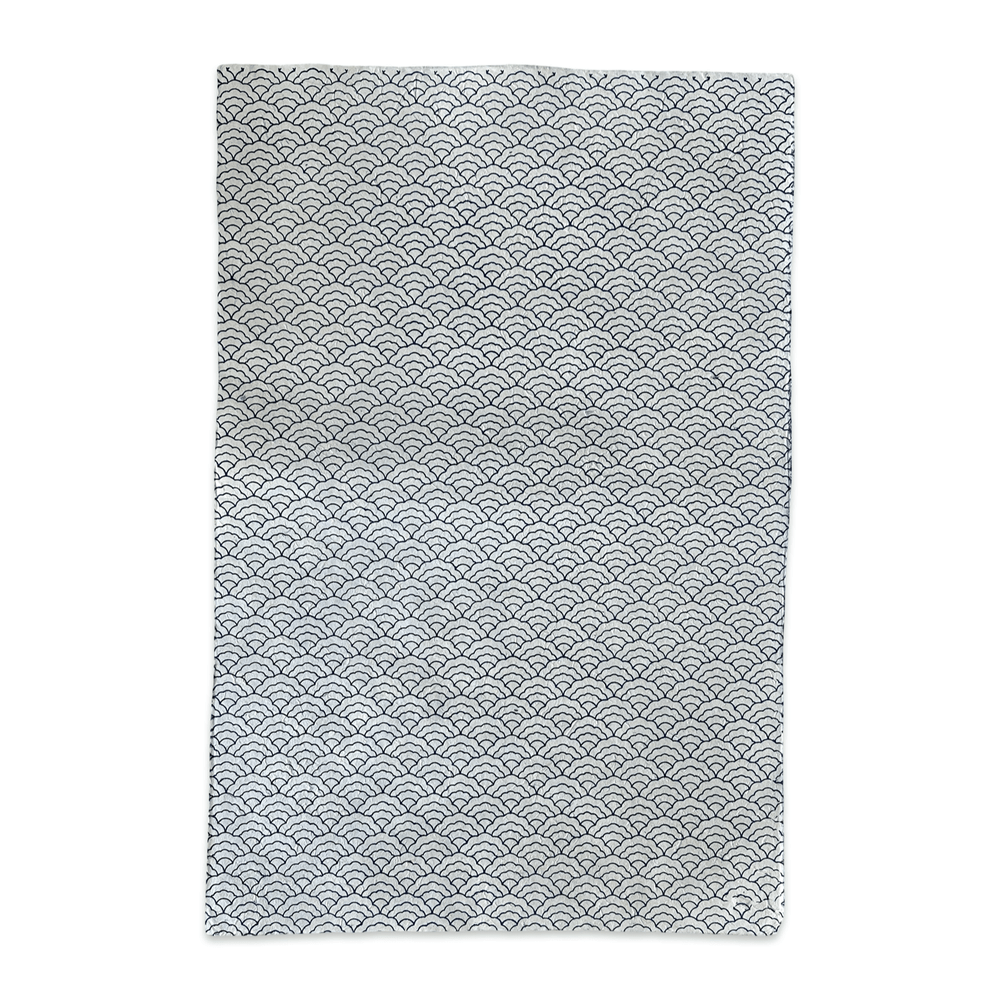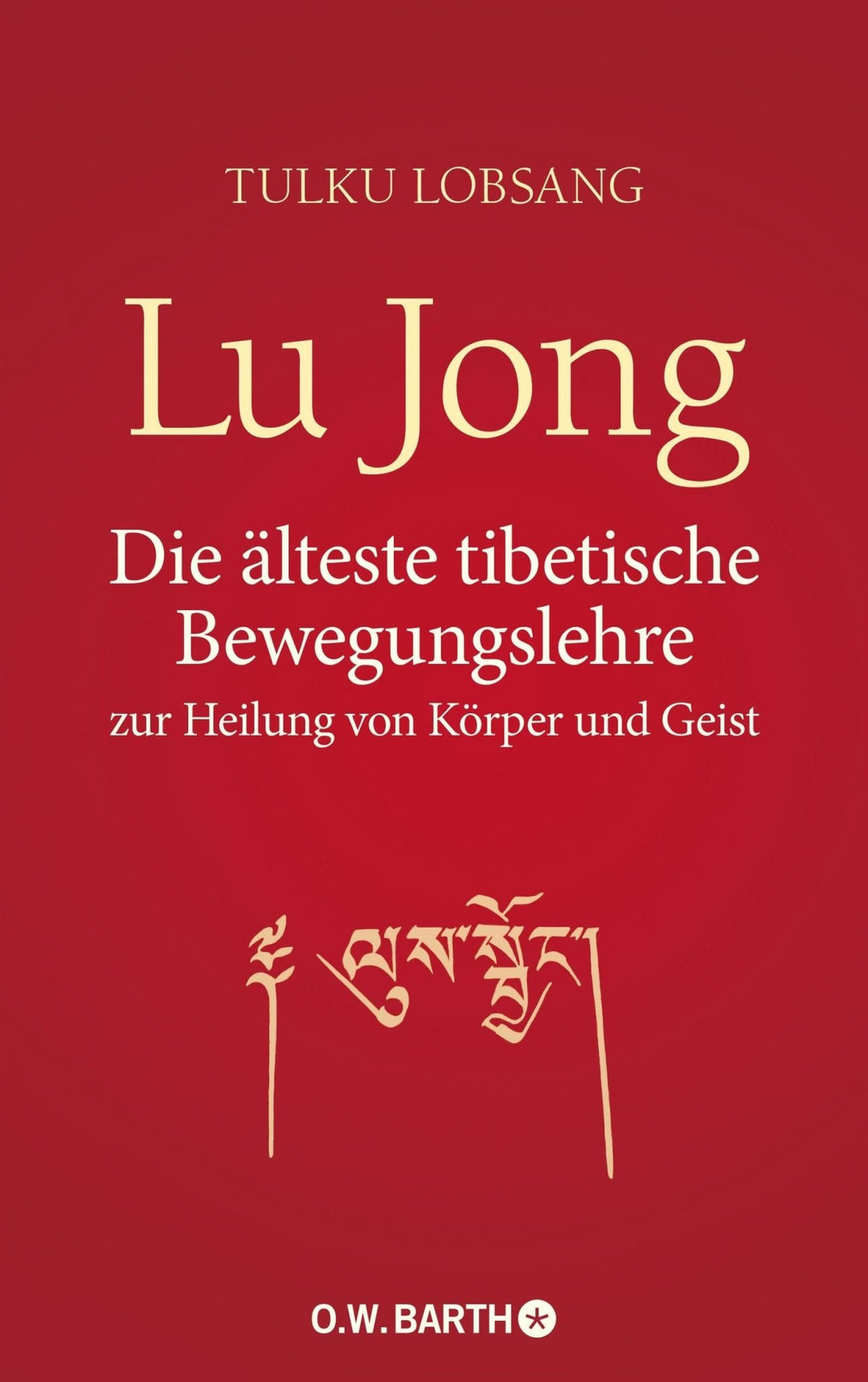
Lobsang T: Lu Jong
The oldest Tibetan movement teachings for healing body and mind
Cut off from any medical care, the monks who lived as hermits in the mountains of Tibet developed specific physical exercises called Lu Jong. With their help, they kept body and soul healthy even under extreme living conditions and cured illnesses.
Tulku Lobsang illustrates the close connection between movement practice and Tibetan medicine by introducing the basic concept of this healing art. The effect of the exercises on the individual meridians, reflex zones and organs is explained in detail, shedding completely new light on the causes of individual illnesses.
The twenty-eight movement exercises each focus on interrelated body regions or illnesses: There is a group of exercises for headaches, back pain, arthritis and the like, as well as one to strengthen the central organs of the heart, lungs, kidneys, spleen and liver. Another group of eight exercises can help with digestive disorders, tumors, colds, depression and sleep disorders.
Tulku Lobsang illustrates the close connection between movement practice and Tibetan medicine by introducing the basic concept of this healing art. The effect of the exercises on the individual meridians, reflex zones and organs is explained in detail, shedding completely new light on the causes of individual illnesses.
The twenty-eight movement exercises each focus on interrelated body regions or illnesses: There is a group of exercises for headaches, back pain, arthritis and the like, as well as one to strengthen the central organs of the heart, lungs, kidneys, spleen and liver. Another group of eight exercises can help with digestive disorders, tumors, colds, depression and sleep disorders.
Size chart
Bracelets, bracelets, bracelets, bracelets, chains
| age | Wrist circumference |
|
Newborn |
9 - 12 cm |
|
6 months - 3 years |
12 - 14 cm |
|
4 - 10 years |
14 - 15 cm |
|
Teenager, ladies (XS) |
15 - 16 cm |
|
Ladies (M) |
16 - 17 cm |
|
Ladies (XL) |
18 - 19 cm |
|
Men (M) |
18 - 20 cm |
|
Men (XL) |
21 - 22 cm |
Brief instructions for measuring wrist size:
Loosely wrap a measuring tape or string around your wrist where you want the bracelet to sit. Make sure that it fits snugly but does not cut in. Read the circumference directly from the measuring tape or measure the length of the cord with a ruler.
Note:
The length of the bracelet may be 1 cm to 3 cm longer than the measured wrist circumference, depending on your taste.
The length of the bracelet may be 1 cm to 3 cm longer than the measured wrist circumference, depending on your taste.
Finger rings
| Ring size | Inner diameter | Inner circumference |
|
48 |
15,3 mm |
48 mm |
|
50 |
15.9 mm |
50 mm |
|
52 |
16.6 mm |
52 mm |
|
54 |
17.2 mm |
54 mm |
|
56 |
17.8 mm |
56 mm |
|
58 |
18.5 mm |
58 mm |
|
60 |
19.1 mm |
60 mm |
|
62 |
19.7 mm |
62 mm |
|
64 |
20.4 mm |
64 mm |
|
66 |
21.0 mm |
66 mm |
Brief instructions for measuring the ring size:
Method 1: Measure the inner diameter of a suitable ring
- Take a ring that fits well.
- Place it on a ruler and measure the inner diameter (from one inner edge to the other).
- Compare the diameter with the table to determine the ring size.
Method 2: Measure the circumference of your finger
- Take a thin strip of paper or thread.
- Wrap it around the part of the finger where you want the ring to sit (not too tight).
- Mark the point where the ends meet.
- Measure the length of the strip in millimeters. This is the inner circumference.
- Find the right size in the table.
Tips:
- Measure the finger size in the evening, as fingers swell slightly during the day.
- If you are between two sizes, choose the larger size.
- Make sure that the ring fits over the knuckle.
Regular price
CHF 26.50
CHF 26.50
Regular price
Sale price
CHF 26.50
CHF 26.50
Save
/
- Free shipping from CHF 150


